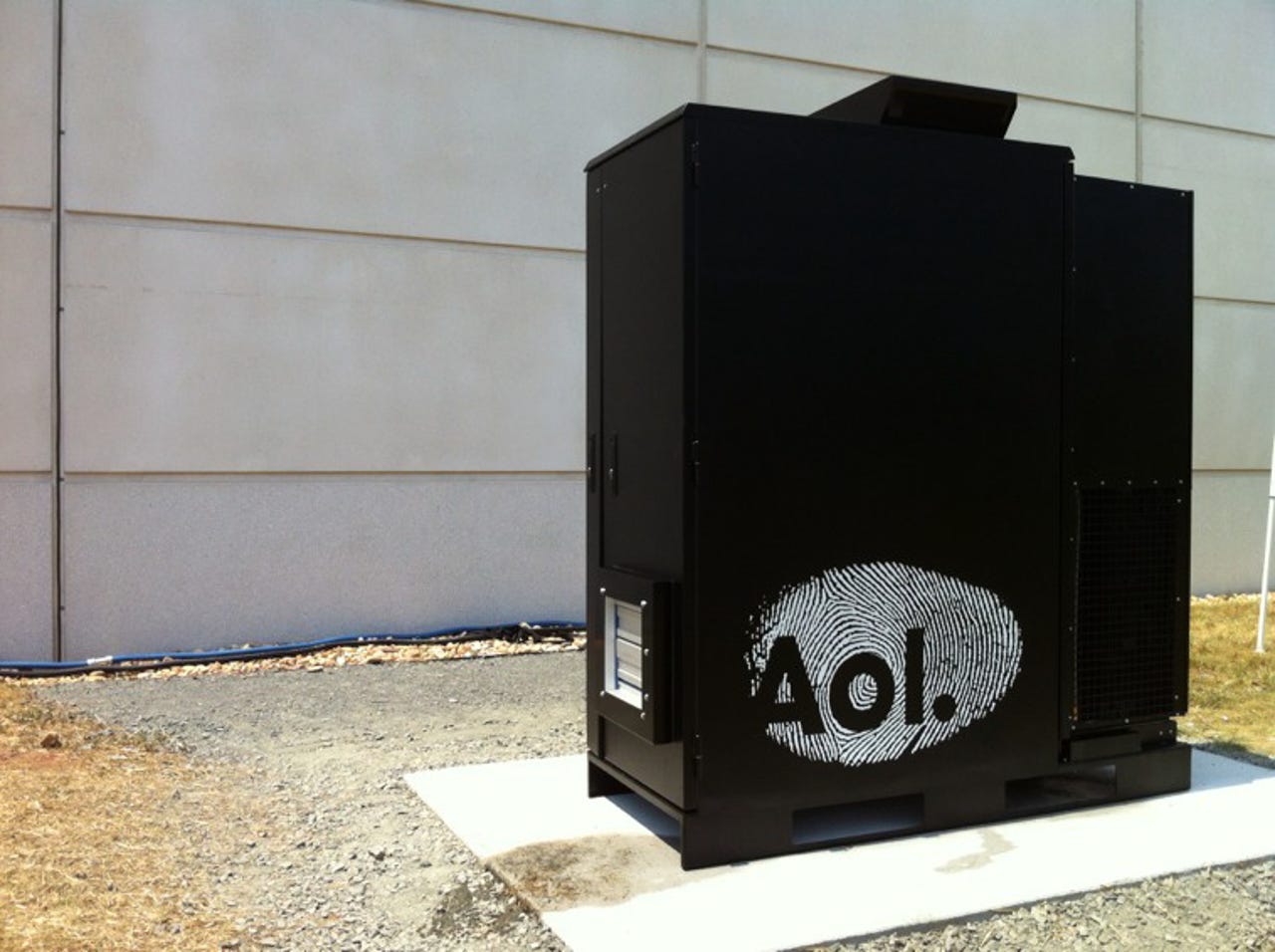AOL shrinks its lights-out data center

Back in October I wrote about AOL’s new ATC datacenter. They had opened their first completely lights out facility, with no on-site staffing, very much in the telco model of branch switches, where there was simply a secured building with all the switching equipment for a particular set of exchanges.
Well AOL has taken the lights out datacenter concept a bit farther, and it turns out that last October’s facility was part of a much broader strategy, that included a project known as Nibiru (a mythical planet that is said to cross into our solar system and wreaks havoc and brings about great change). According to Mike Manos’ blog, where this project was announced, the items in this project were projected to be the game changers; ones that could redefine the way that they did their work.
On July 4th, the first of the Nibiru projects came to fruition; the AOL micro datacenter. Much like a datacenter in a box concept, the Microdata center, as AOL describes it, looks like a small container that holds one standard ack and all of the required supporting hardware (making it about twice as deep. Some stories have described it as “refrigerator-sized”, but this is only the right image if your picture of a fridge is a large, industrial side-by-side unit.

AOL says that they had to reach outside the box and hit quite a few target points to makes this new datacenter model practical for them they listed these as some of the key goals that they met:
- Developing an entirely new Technology Suite and the ability to deliver that capacity anywhere in the world with minimal to no staffing.
- Delivering extremely dense compute capacity (think the latest technology) to give us the longest possible use of these assets once deployed into the field.
- The ability to deliver a “Microdata Center” anywhere on the planet regardless of temperature and humidity settings
- The ability to support/maintain/and administer remotely.
- The ability to fit into the power envelope of a normal office building
- Participation in our cloud environment and capabilities
- The processes by which these facilities are maintained and serviced
This was different than the goals for the ATC datacenter last year, but the ATC facility really allowed the AOL team to develop and refine their goals, using their experience with this potential transitional datacenter facility, and allow them to deliver the microdata center.
So what does the new datacenter model buy AOL? Well from their perspective they see the following:
- It redefines software architecture for greater resiliency
- It allows us an incredibly flexible platform for driving and addressing privacy laws, regulatory oversight, and other such concerns allowing us to respond rapidly.
- It further reduces energy consumption and carbon footprint emissions (important as taxation evolves around the world, as well as ongoing operational costs)
- Gives us the ability to drive Edge Computing delivery to potentially bypass CDNs for certain content.
- Gives us the capability to drive ‘Community-in-a-box’ whereby we can quickly launch new products in markets, quickly expand existing footprints like Patch in a low cost, but still hyper-local platform, allow the Huffington Post a platform to rapidly partner and enter new markets with minimal cost turn ups.
- The fact that the technology mix in our SKUs is comprised of compute, storage, and network capacity maximizes the amount of products and services we can deploy to it.
We don’t think about AOL as a cutting edge operation very often, looking instead at their more high-profile blunders and loss of revenue, but as I have said before, the prob lems at AOL aren’t the result of a lack of intelligent engineering on the back end.